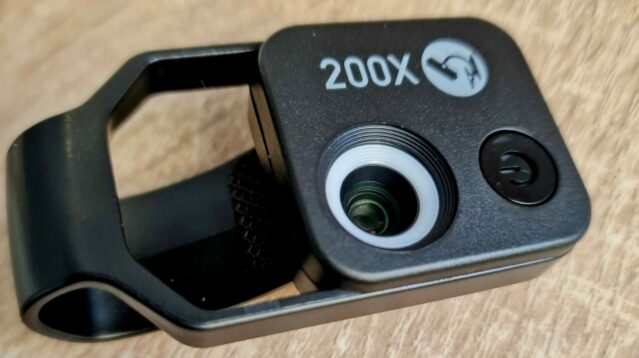-
APEXEL 200X Macro Lens Microscope review

Things far away and things very tiny always interested me. That’s why I got a telescope and a small selection of microscopes ranging from toys to relatively serious lab equipment. Microscopes are fun to play with and a great learning tool for young ones. However, they are somewhat bulky and impractical. Pardon me, Mr. Koch,…
